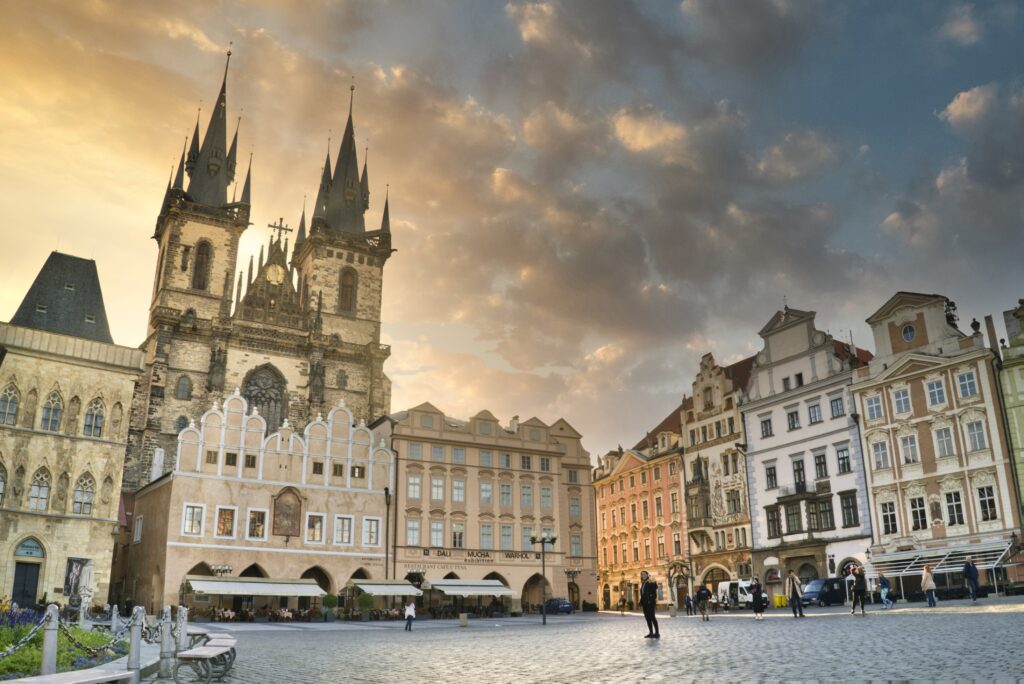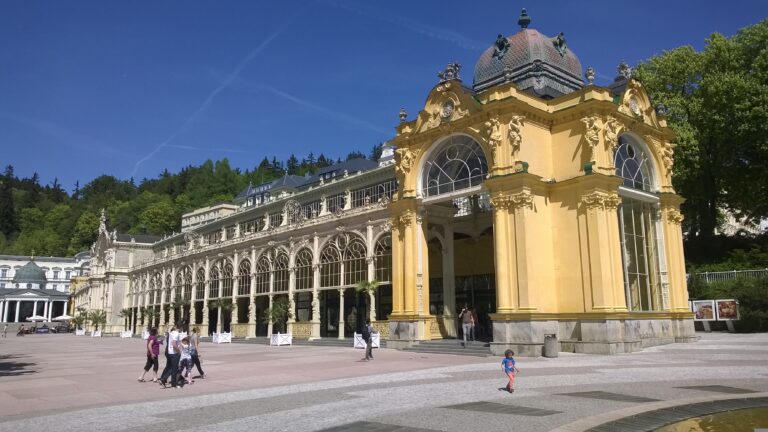Czech Republic - The Rich History Of Czechia
The Czech Republic is the land of castles and palaces, of crystal-clear lakes and rolling hills, of rich cultures and a fascinating history. It can be split into two parts: the eastern part, Monravia, and the more famous western part, Bohemia. When thinking of Czechia most people tend to picture cities, attractions and traditions from Bohemeia, most importantly Prague. The capital lies in the heart of Bohemia and has been the most important city of the region for almost 1.000 years. During those years, the city has been a victim of multiple religious conflicts, wars & plundering but most of the structures have survived most notably the Charles Bridge over the river Vltava and the adjoining Old Town. Sitting on top of a hill the Prague Castle offers a great view over the picturesque Old Town. Within the walls of one of the biggest castle complexes of the world, you will find remnants of almost every aspect of the Czech history. On the area of the castle, you will also find Czechias biggest church, St. Vitus Cathedral. While there are many old churches across the country, the Czech people tend not to be religious. Most of the ancestors used to be catholic but after the fall of the Habsburg monarchy, they rejected everything that would remind them of the empire – including the religion. This differentiates a visit to Czechia from a visit to other European countries. Instead of beautiful and extravagant churches, you will find a multitude of stunning castles and palaces splattered all over the country. Depending on your route, do not forget to take look at the Lednice palace or Karlštejn castle.

Highlight In Bohemia
Just a quick drive from the German border is the West Bohemian Spa Triangle. Over 200 mineral springs are located in the triangle between the cities Carlsbad, Marienbad and Franzensbad. The most famous one, Caarlsbad, has been a destination for travelers for over 200 years. Over the course of history many famous painters, composers and poets visited the town and the colonnades to take a sip of the famous mineral water. While Carlsbad was the destination for most people, Marienbad was the chosen place for Emperors, rulers and presidents. This is shown in the luxurious colonnades with its pompous yellow facades and the magnificent hotels and baths.
North of the triangle, in Bohemian Switzerland, you will find stunning sandstone formations embedded in lush forests that invite everyone to walk the trails. The Highlight is the Pravčická Brána, Europe’s largest natural sandstone arch, which offers a fantastic panoramic view after climbing the mountains.
A popular souvenir from the Czech Republic is the crystal glassware that has its origin in the region. The tradition dates back centuries in which the art of intricate designs and finely cut glass has been perfected.

The Culinary Of Czechia
When talking about Czech food, we talk about hearty, savory food. Traditional dishes have a mix of Austrian and Slavic influences and usually contain a roast, potatoes or bread dumplings. When going out for dinner most people head to their local hospada, a pub or tavern like restaurant where you typically order a savory meal along with a beer. While in the past, the big industrial breweries were the main force in the beer industry nowadays more and more small local breweries try to go back to the more traditional way of beer brewing. This leads to an immense selection when ordering a drink to your meal. It might be tempting to go for a traditional Pilsner or Budweiser but do not overlook the local beer recommended by the barkeeper.
B&T Touristik -
The Competent Tour Operator By Your Side
Be inspired by our tour proposals and trust in our experience in tourism. We will gladly take your wishes into account when creating the tour program and create an individual and unique trip based on your interests.



